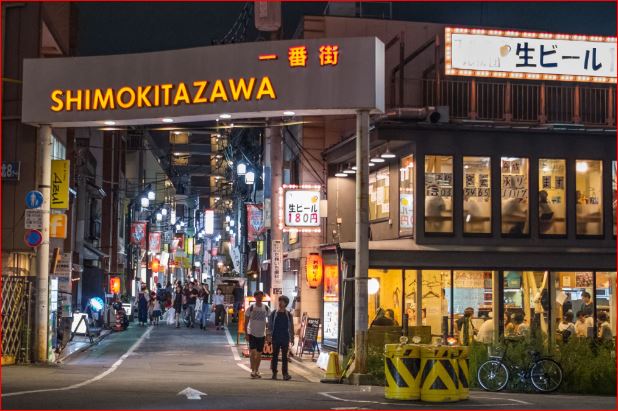I was all for vintage shopping even just a few years ago in North America.
From the obscure promotional movie t-shirts, to the possibility of snagging a pristine 20 year old grail, it’s a game of fortune and tenacity at the vintage racks.
Sadly, vintage shopping in North America just isn’t what it used to be – especially compared to Asia.
Last year when I traveled to Japan, my wallet fell victim to their vintage shops. Traversing between the storefronts and stalls of Koenji, Shimokita, and Shibuya, I once again experienced what makes vintage shopping so rewarding.
To me, vintage shopping in Asia reigns supreme for 3 distinct reasons: an abundance of uniqueness, conscious consumerism, and an overall higher quality of goods.
Cultural differences, perhaps above all, have played the biggest role in shaping these distinctions.
Through the cultural lens, we may see how and why domestic vintage shopping in North America has fallen from grace in recent years.
Abundance of vintage uniqueness
Asia is the world’s capital in vintage shopping.
By the end of 2025, Asia is expected to make up more than 40% of the global secondhand market, while countries like China and Singapore lead globally in terms of spend on pre-owned items.
The pre-owned items in question vary from country to country, all adding up to this “abundance of uniqueness.”
Secondhand luxury goods platforms Trenbe and Gugus in South Korea for instance skyrocket to record volume, while low key shops like Glorious Dias in the Philippines – a boutique specializing in upcycling Filipiniana garments – are becoming more popular.
Asia’s diverse cultural identity inherently leads to a wide variety of vintage items making their way all across the continent. This in turn created an accessibility that has yet to be successfully replicated stateside.
Vintage shopping in North America, on the the hand, is a monolithic experience.
Every…
Read the full article here





